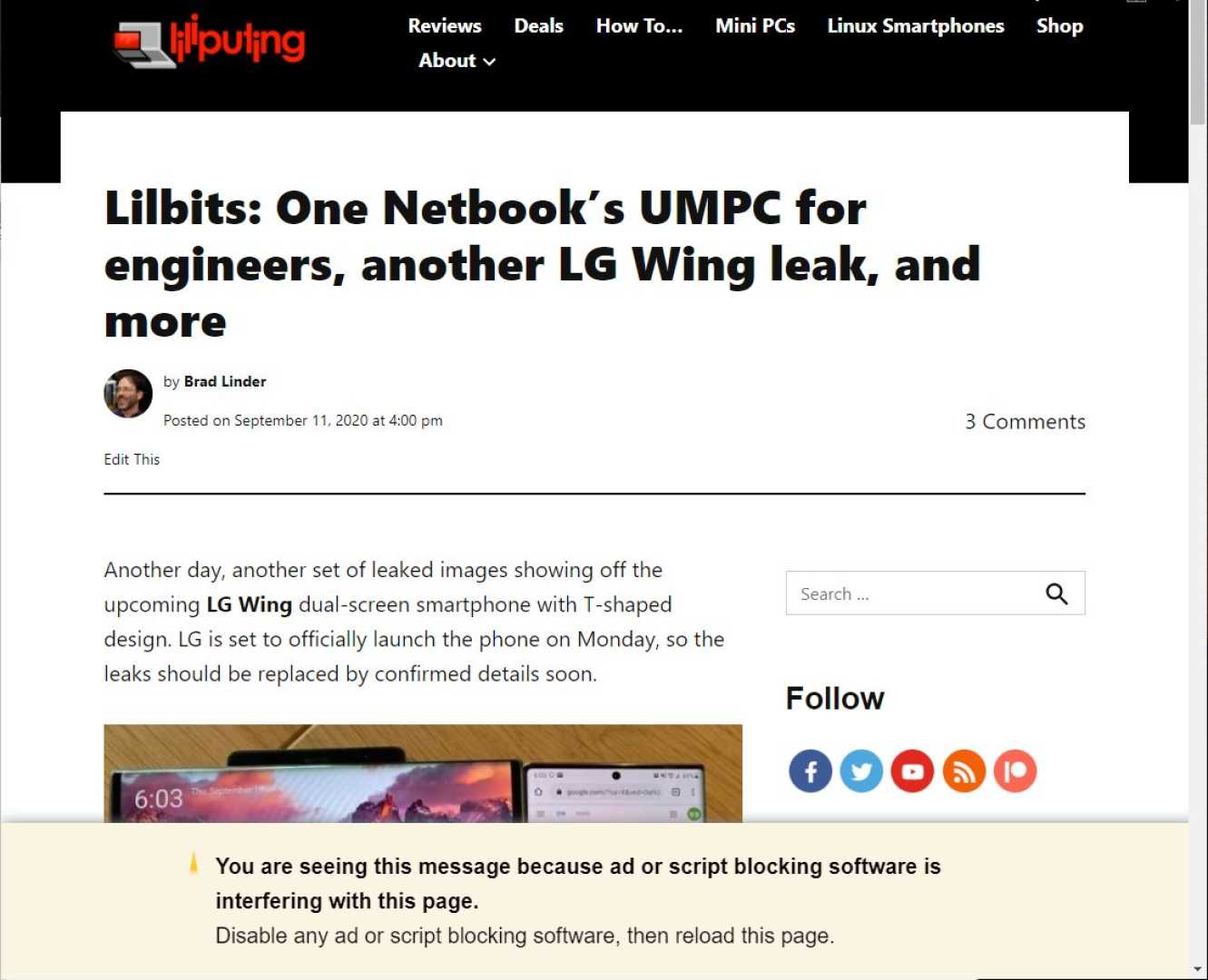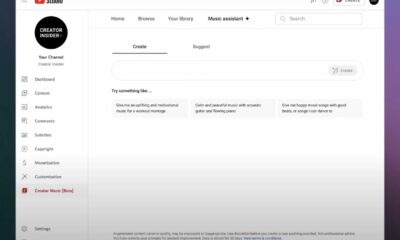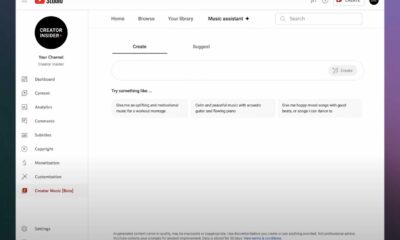Tech
Ad Blocker Issues Disrupt Online Content Access

NEW YORK, NY — Users across various platforms are facing access issues as a growing number of websites detect ad blocker software installations. These security measures are hindering users from viewing content they previously enjoyed with ease.
According to a recent survey by PageFair, nearly 30% of internet users currently utilize ad blockers, with the percentage notably increasing among younger demographics. Many companies and content providers are responding by restricting access to content unless ad blockers are disabled.
“We understand the desire to avoid ads, but they are essential for keeping our content free for users,” said Emily Hart, a spokesperson for a major news organization. “We encourage our readers to consider the impact of their ad blocker on media outlets.”
Web developers have begun implementing alerts that prompt the user to disable their ad blocker before allowing access to articles and videos. This trend signifies a shift in how content is monetized online.
“It’s frustrating when I can’t access an article or a video because of my ad blocker,” said Jessica Lee, a college student. “But I also don’t want to see ads interrupting my experience.”
Industry experts assert that while ad blocking can enhance user experience by reducing unwanted interruptions, it presents significant revenue challenges for website owners, particularly smaller businesses that rely heavily on advertising for income.
As more sites implement similar restrictions, users may find themselves caught in a dilemma—either accept ads in order to access desired content or search for alternative sources that may be less reliant on advertising revenue.
The ongoing debate around ad blockers continues to evolve, with many websites reassessing their business models in response to this growing trend. As of late, experts suggest that transparency regarding ad delivery and user experience may be crucial for achieving a balance that satisfies both users and content providers.












